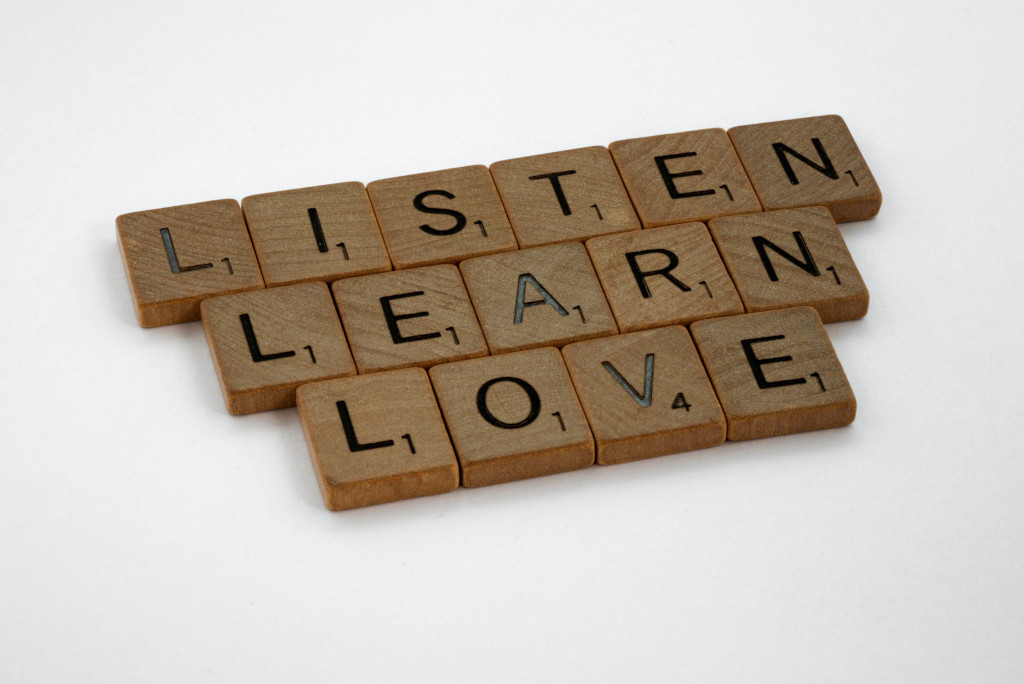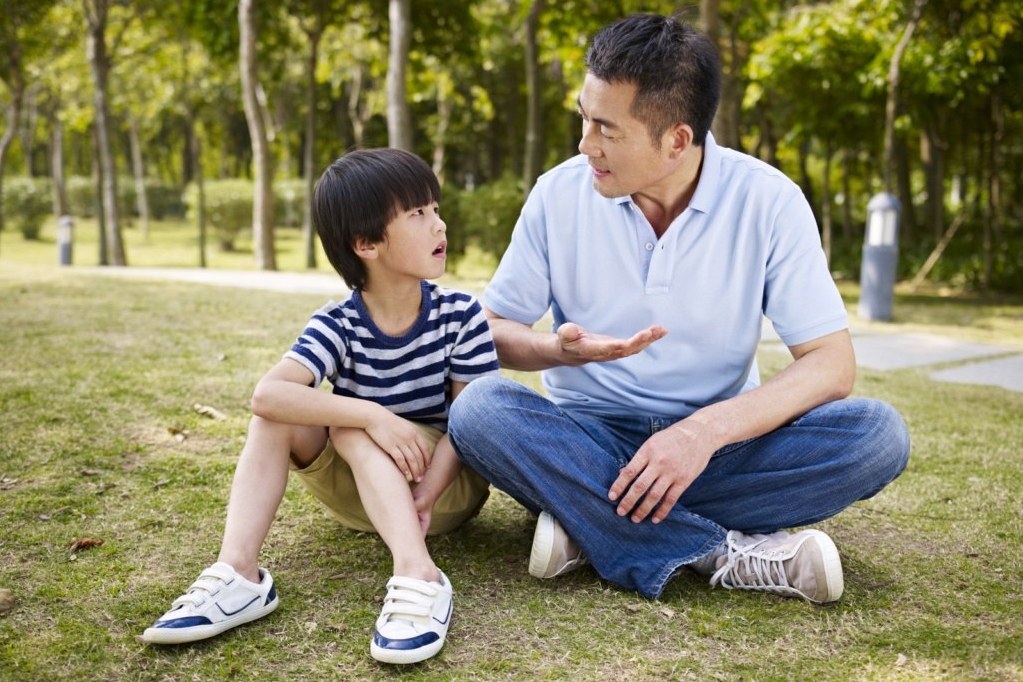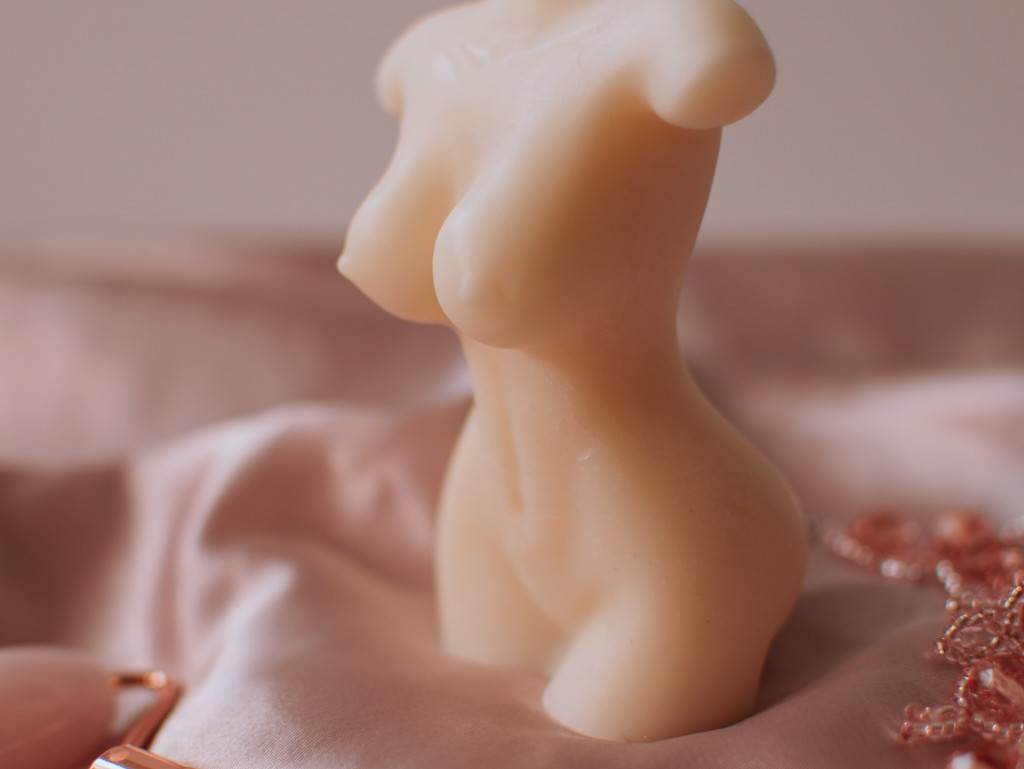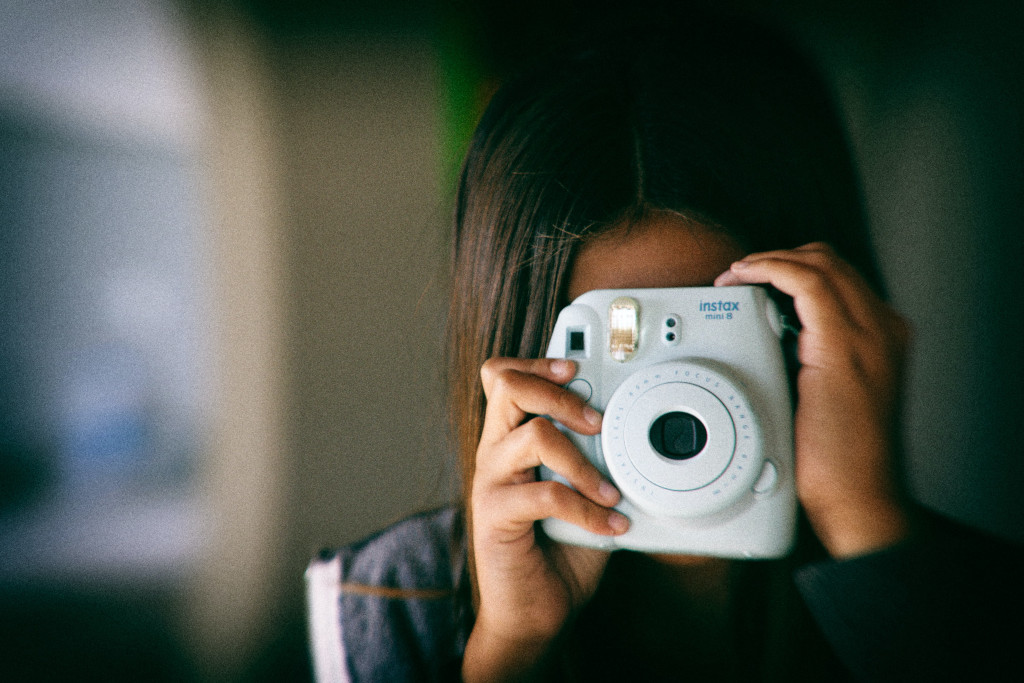SingaporeMotherhood | Parenting
July 2021
“I Caught My 10-year-old Watching Porn – What Do I Do?”

Intimate topics such as sex, porn, and masturbation are NOT something most Asian parents broach because we are uncomfortable about bringing them up. The impact of not having these conversations early, however, is that kids may get addicted to porn, indulge in ‘experimental activities’ behind our backs, and may even be victims of sexual crimes. But what does a parent do when they catch their kids watching porn?
This was a question a mum posed to me. “Worse still,” she added, “when I told my husband, he didn’t think anything was wrong. How can I educate my child when his father watches porn too?”
Kids of a Digital Age
Statistics show that 90 per cent of kids 8-16 years have seen online pornography. The largest group of porn consumers are actually children aged 12-17 years. And what’s more, 70 per cent of kids aged 7-18 years accidentally encountered porn while doing their homework!
(See also: 10 Crucial Online Safety Tips for Kids and Parents)
Today’s reality is that our curious children are growing up in a digital age with uncensored information at their fingertips. So instead of shying away from the topic, why not use porn to teach positive values? Because if we aren’t initiating these conversations, then it is no wonder they are searching for their answers online.

“Porn is wrong. It’s bad. It’s a sin. Stay away from it!” — While we may not utter these words aloud, that’s probably what goes on in the minds of most mums, agree?
But in showing that we are not open to discussions about ‘dirty’ things, it’s no wonder our kids rarely come to us about it. They would rather resourcefully scour the internet, many accidentally falling prey to a world we never took time to initiate them into. Can we do more to protect them earlier?
(See also: 7 Ways to Ensure Your Child’s Internet Safety)
Should you ever find your child watching porn, do your best to avoid reacting in the moment. Instead, take a deep breath, then start a meaningful conversation using the following three steps. But take note: the goal of these conversations is to understand each other better and to deepen your relationship, not to manipulate a certain outcome.
Step 1: YOU (what your child has to say)
“YOU” starts the conversation in a discovery mode. It means I want to understand you, my child. I want to know why you think the way you do, why you do what you do. What questions you have, and how you process your thoughts. Even if it is uncomfortable to listen to some things they say, just listen. And stay silent.

Recognise that there are many perspectives to one issue. Instead of being dogmatically positioned, be open to considering that watching pornography doesn’t make the person doing it ‘bad’. Separating the person from the issue creates a neutral space for you to objectively have a rational discussion about it.
Everyone has their own beliefs and children are in the process of forming theirs. Imposing our convictions with a list of why they should adhere to ours starts any conversation with them in a defensive mode. These typically end in disagreements — a power struggle of who’s right or wrong. The truth is that perspectives are subjective and therefore always ‘right’ to their owner. Can we put aside our opinions to consider an alternate point of view? Can we choose to focus on their ideas, thoughts, and questions to discover new perspectives through their eyes?
(See also: “My Daughter Wants Me to Be More Like You!”)
For the parent who hasn’t been available for porn conversations, this simple act of acknowledgment is powerful enough to get your child’s attention. Too often, parents start conversations top-down, instead of on level ground. When we admit that we have not been the ask-able parent, it creates an authentic space for them to open up.
“YOU” is where our only job is to maintain a safe space, so they know we want to hear what they have to say. We are open to their secrets and nothing is crazy. Everything is acceptable because their thoughts are completely valid. There are no judgements when it is about “YOU”.

Step 2: ME (lessons you want to share)
If you have truly listened, you will sense a clear shift in the dynamics. The depth that you have opened up for them to share will be the reciprocal attention they now accord you. Nonetheless, I always ask for permission. “Thank you for trusting me so much to open up. Can I now share my thoughts?”
If they say no, that’s a clear signal you may not have listened as well as you thought you did. Continue to ask them to share or adjourn part two to another time. Step 1 is not cleared till they say it is. So keep listening till they have granted you permission to share your point of view. In the meantime, consider writing down the key values you want to impart.
(See also: Bad Parenting 101: Laissez-faire but Not Lackadaisical)
“ME” is where you take time to share the whys behind your opinions, instead of being absolute on your opinion. The conversation becomes more inclusive when you have processed the deeper issues you want to influence your child on. These are some key values I share with my kids through multiple teachable moments:

Respect
Discuss pornography’s subliminal messages of objectifying the woman’s body. Explain how it reduces an individual into something for someone else’s sexual gratification, instead of loving and honouring her for who she is. How would you like to be honoured? Also ask yourself: have I respected my child or do I constantly overrule what they say? If our children are not given the experience of being respected, how would they respect others?
Consent
Share cases of some children who have been preyed upon online not only because they hung out on the dark side of the internet, but also because they were afraid to say no. Discuss how when someone touches you and makes you feel uncomfortable, and you keep quiet for fear of drawing attention, could that be mistaken as consent? Consent is being comfortable with your voice and speaking up. Not just for yourself, but for others as well.
(See also: 10 Essential Safety Tips All Parents Need to Teach their Children)
Reel vs Real
Point out that lighting, props, and directors are in the background of every porn scene. That because the intention of porn is to hook more viewers, they glamourise foreplay or the act of sex itself. Put your inhibitions away and explain that in reality, intimacy is the discovery of another person’s body. That the union of two persons should involve not just the physical, but emotional and mental connections too.
Let them know that sex shouldn’t be a ‘dirty’ topic, but a beautiful act of love, like between Mummy and Daddy. Ask them whom would be the kind of person they would like to share such a special activity exclusively with? Of course, these topics could expand to relationships, attraction of the same sex, masturbation, and of course, online dangers.

Step 3: US (a space we can share)
“US” connects both “YOU” and “ME”, and is the objective of what we want to work towards. It beckons to a win-win where both parties are willing to work on creating something both can accept. “US” means I am in this together with you, because I value our relationship more than holding onto a perspective that is now different because it has included yours.
While you may ideally want them to abstain from porn completely, “US” celebrates a step towards that. It could be watching with mum so we can talk about what is happening. It could be more conversations where I promise to honour your opinions instead of critiquing your ideas — not necessarily even related to porn. Perhaps even a weekly or monthly one-on-one date where we do a hobby or activity they enjoy.
(See also: Survivor of Multiple Life-threatening Conditions Now Dedicated Homeschool Dad)
It is always a joy to discover what “US” looks like. I have learnt that these conversations are best when we go into them with an attitude to see through their lenses. You already know your own point of view; the key is to learn theirs.

The presence and accessibility of porn is a reality. It fulfils the human need for intimacy. We are all wired to connect. When we stop reacting and start discussing taboo topics openly, that’s when the relationship deepens. This is the kind of intimacy we want our children to experience so they do not fill their void with ‘reel’ images, but with REAL appreciation of the effort it takes to develop a lasting and meaningful relationship.
(See also: When Looking Hot Ain’t Cool: Raising My Daughter in a Sexualised World)
Kids learn by modelling after us. Have we taught them well or have we pushed them away? Let’s use porn as an opportunity to connect!
P.S. If you’d like to learn more about how to start these intimate conversations with your kids, join Junia and other experts on Friday, 30 August at 9pm via Zoom and FB Live. Register here now!
 | Author of “The Naked Parent”, founder of Mum Space, and mother to five amazing children, Junia is a respected thought-leader in the parenting space. Recognised for empowering parents and kids with her 21st-century parenting model for over a decade, she now brings her ‘Modern Asian Mother’ expertise and experience to this exclusive SingaporeMotherhood column. |
Featured image: Dainis Graveris on Unsplash
All content from this article, including images, cannot be reproduced without credits or written permission from SingaporeMotherhood.
Follow us on Facebook, Instagram, and Telegram for the latest article and promotion updates.





